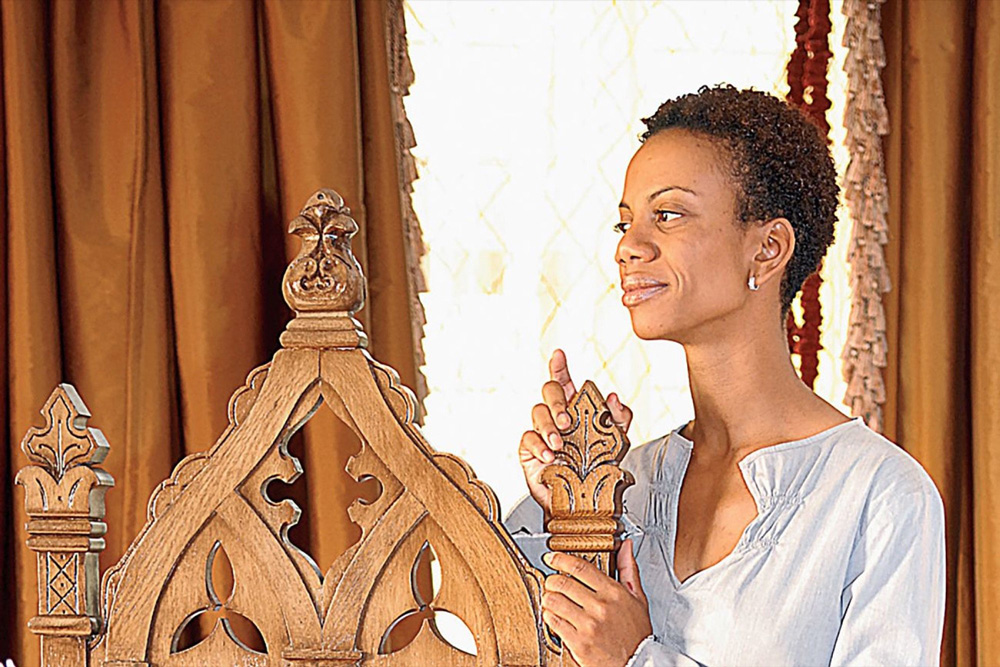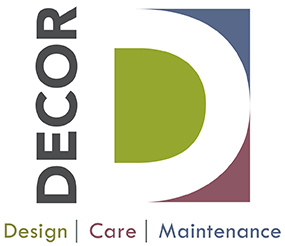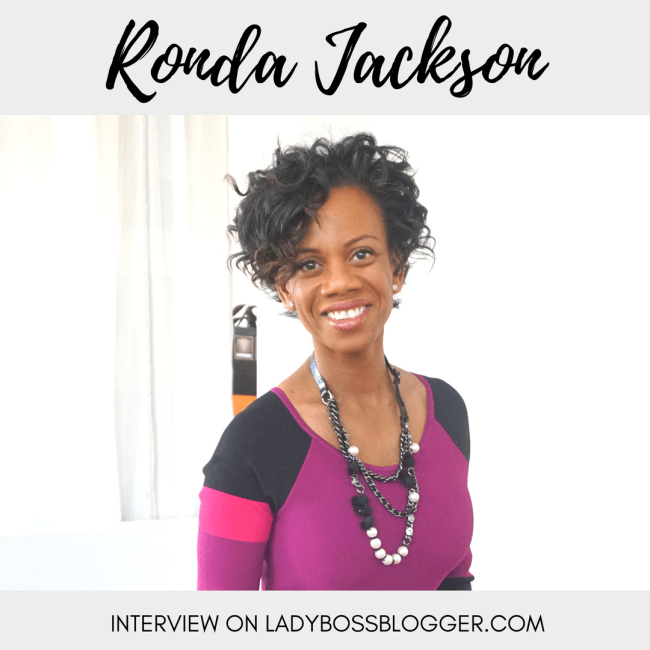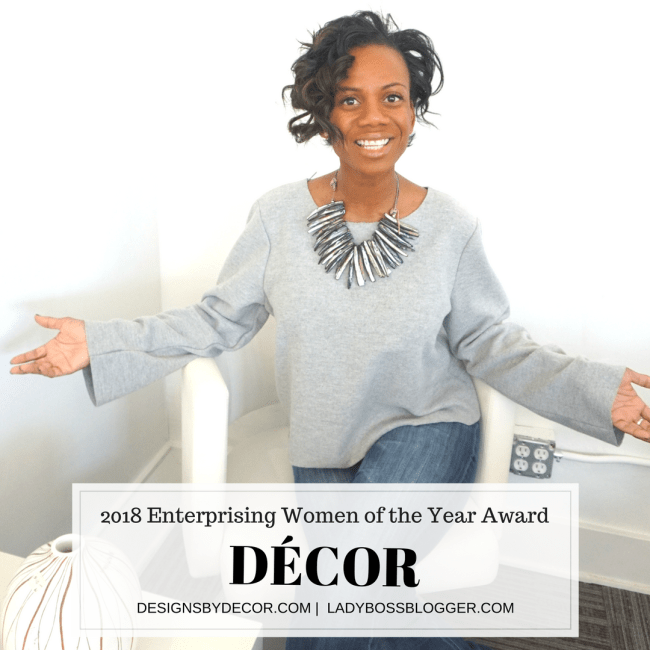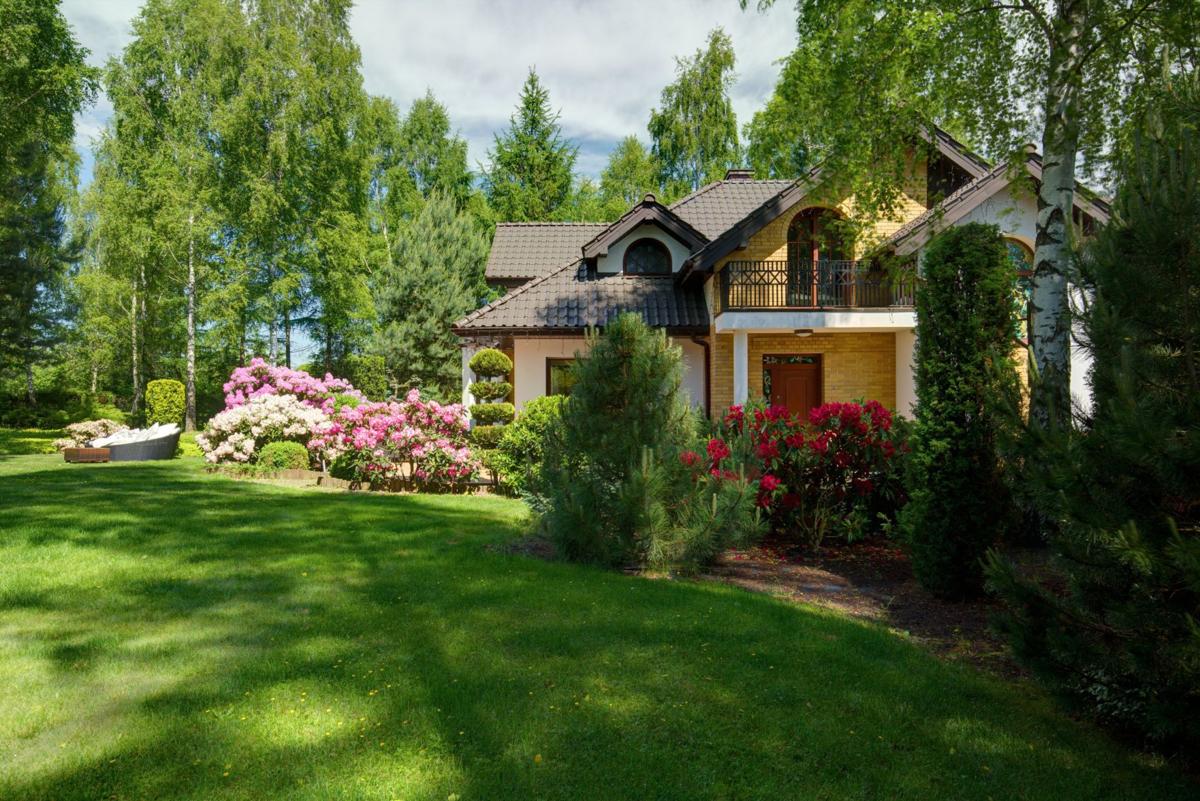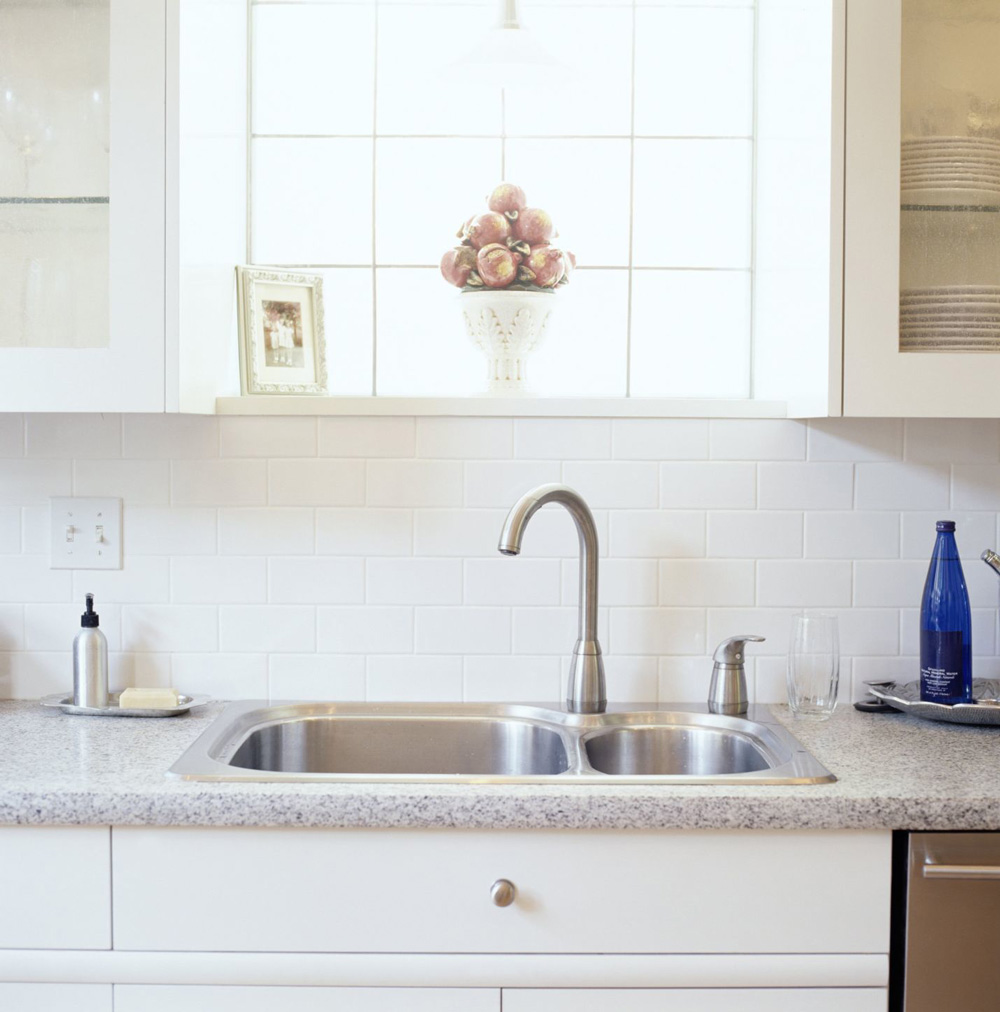A native of Chicago, Illinois, Ronda Jackson is a third-generation entrepreneur, a mother, a licensed contractor, a certified interior designer, and no stranger to hard work. Ronda Jackson, IIDA, CID is the founder and Chief Workplace Stylist of Décor Interior Design, an award-winning commercial interior design firm. Despite the challenges of raising a family and growing a business, Ronda models the successful balance of both.
What motivated and inspired you to start your own business?
I come from generations of women who embrace their individuality and push past barriers. The idea of owning my future and designing a life that allows me to pursue my passions seemed like the next best move.
I seized the opportunity to investing everything I have in myself. I left my 9-to-5 to launch my business. It has been an amazing journey.
Tell us about your business.
For the past two decades, Décor has dynamically evolved into a commercial design firm specializing in workplace happiness. We deliver comprehensive design solutions that increase talent retention, optimize space utilization, and maximize productivity.
List awards/certifications/accomplishments.
I have been honored with the U.S. Chamber of Commerce Blue Ribbon Small Businesses Award, U.S. Small Businesses Administration’s Minority Small Business Champion, Black Business Association’s Outstanding Entrepreneur Award, and National Association of Minority Contractor’s Contractor of the Year.
I also made Los Angeles Business Journal’s Top Minority Firms and Women Making a Difference Lists and earned a spot on the Inc. 5000’s list of the fastest-growing private companies in America, and Inner City 100’s fastest growing businesses.
AWARDS
- 2018 Enterprising Women of the Year Award
- 2018 Women’s Business Enterprise Star
- 2017 Supplier of the Year
- 2016 Minority Contractor of the Year
- 2016 Inner City 100
- 2015 Inc. 5000
- 2015 Top Minority Firms
- 2015 Blue Ribbon Small Business Award
CERTIFICATIONS
- NCIDQ Certified 022450
- Licensed Contractor CA C-33, C-61/D-34
- CCIDC Qualified
Where is your business based?
Décor is based in Los Angeles, CA with a design innovation lab in Canoga Park, CA.
What were the first few steps you took to get your business up and running?
The first thing I did was run out and have business cards printed. No name or address, all the card said was Décor Interior Design with my cell phone number. I was soon to realize all the things I didn’t know about running a business.
So, my real first step was finding a mentor. It gave me perspective on what it takes to run and manage a business. I have learned a lot by surrounding myself with successful people.
What has been the most effective way of raising awareness of your business and getting new customers?
Do good work, get involved, be memorable.
Do good work.
First, live up to what your brand promises. I love Coco Chanel’s quote, “Keep your heels, head, and standards high.”
Get involved.
Second, build a community in your industry, peer groups, or mastermind. These are the people that not only become (potential) clients; more importantly, they are your cheerleaders and brand ambassadors.
Be memorable.
Finally, remember that people never forget how you make them feel.
What have been your biggest challenges so far?
Owning a business is an ambitious endeavor—we know that. My biggest challenge has been me: developing the discipline and mental stamina to show up every day ready for whatever that day has in store. It was a process, and it is a journey that I am still on every day.
How did you overcome these challenges?
I sought out the business training I lacked.
Several education-based programs like Goldman Sachs 10,000 Small Businesses, Tuck-WBENC, UCLA Anderson, and University of Foster’s enhanced my knowledge in marketing, finance, and leadership.
It taught me to step out of my role as interior designer, create milestones, and implement a strategic plan.
One of the best decisions I made in my business was to fire myself. My new position allows me to be the visionary I was born to be. We can’t do it all on our own.
To stay in this role, I had to build a team. I have a wonderful, supportive, knowledgeable, and agile team. My team knows I’m crazy, but they are willing to grow and learn with me.
How do you keep motivated through difficult times?
Instead of doing an ugly cry, I like to celebrate the small wins every chance I get. I remember my why: namely, that it’s not just about me. I think of my sons. I’m making a difference in the community—creating jobs. I am grateful for the opportunity to explore and engage in my entrepreneurial endeavors.
How do you distinguish yourself from your competitors?
What makes our firm unique is our integrated approach to design. We understand our planning and implementation impacts the way people feel. We think of our clients as partners and work closely to identify work habits and lifestyles.
We listen to what clients want, and we reflect that. Every project is different, so we offer solutions that are as unique and individual as our clients.
What is the best advice you have received recently?
It was in a Robin Sharma article, “Live Fully Now.” The title alone, heightened my consciousness to stop holding back and make time for all the things I say are important, but never seem to get around to doing. It is a reminder that there is no better time than the present to do, be, give, have, see all the things I love.
What advice would you give to other entrepreneurs?
Be intentional about the way you live your life. I believe that when you are present and purposeful, you will be successful.
What are your favorite business tools/resources and why?
Pen, paper, and a sense of humor are my favorite business tools. There is never a shortage of either. No battery to run out, I can always find the back of something to write an idea on. Laughter is like a reset button, life’s eraser.
What is a good article or book you have read recently?
I recently read the The Rules: Time-tested Secrets for Capturing the Heart of Mr. Right, by Ellen Fein and Sherrie Schneider. A lady boss can’t live in business alone. (Wink)
What are you currently learning about for your business or looking for help with?
I believe in systems. I am currently investing in optimizing my operations via technology, process mapping, as well as client and talent retention. It’s really important to me to keep growing, learning, and evolving as a business owner and a business.
What are your goals for the next few months and how are you striving to achieve them?
- To put one stiletto on at a time
- Wear only the colors that make me feel good
- Stop buying bags and buy a building
- Continue my journey to becoming world class
What social media outlets do you use? List them below.
Twitter @designsbydecor
Instagram @designsbydecor
Facebook @designsbydecor
LinkedIn @designsbydecor
Pinterest @designsbydecor
Website www.designsbydecor.com
